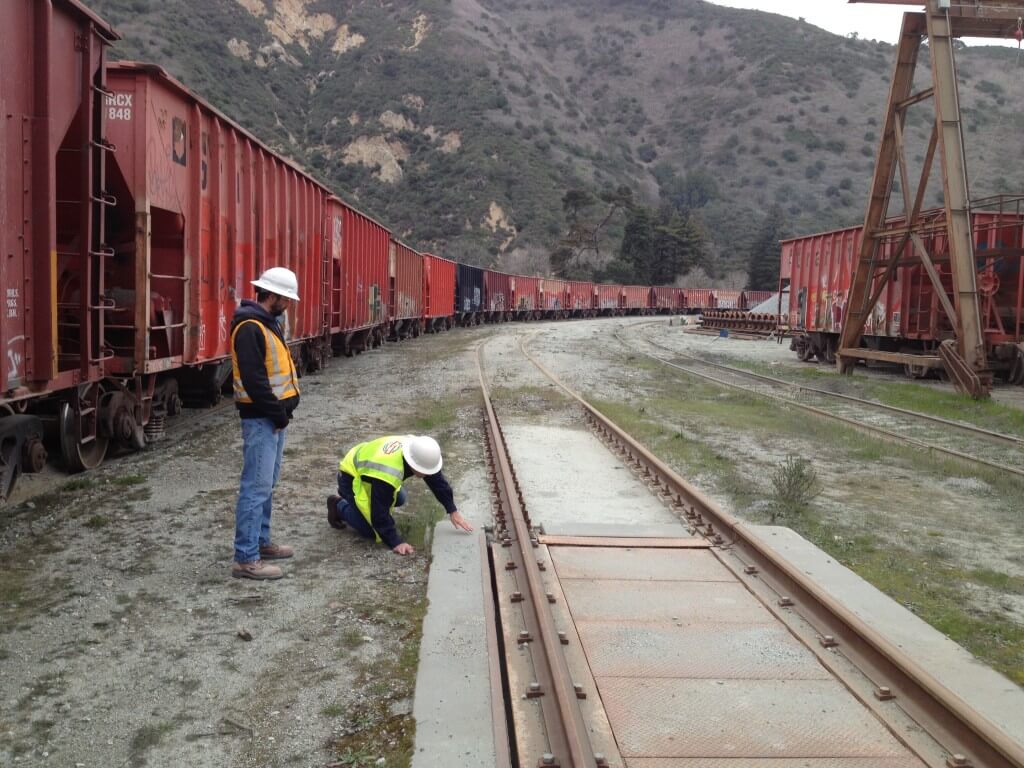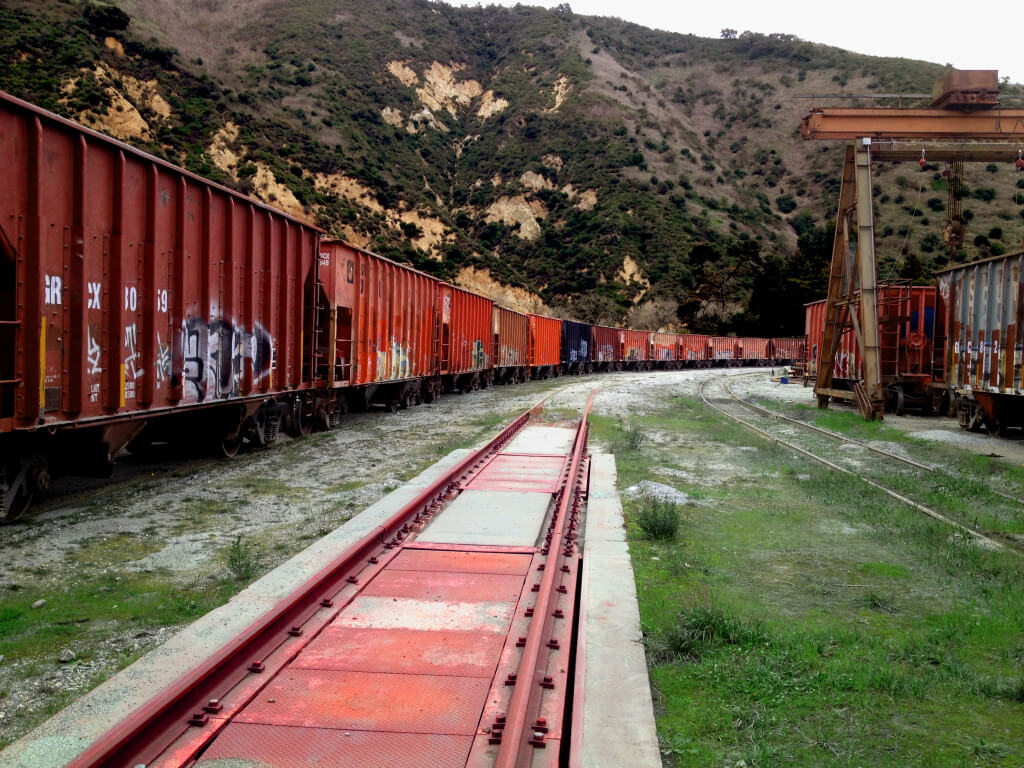
Train weighing scales
Rail weighing is a vital component of every facet of rail operation just as truck scales are important in the shipping and logistics sector. That is, from avoiding penalties of overloading to monitoring delivering and shipping of products. There are a number of reasons why the use of train weighing scales is recommended. They include:
- Help ensures your shipper does not overcharge you
-
- Helps ensure you are invoicing clients for the quantity of product shipped
-
- To avoid eccentric loading as well as overloading that causes damages to wagons, cars as well as rail infrastructure which could result in derailments
-
- Helps determine the weight of wagons and cars to collect freight revenue
- Helps to minimize the high-impact loads, particularly at track irregularities such as joints, crossing, and turnouts
Overall, rail scales are the epitome of accuracy translating into cost effective weighing for transport and shipping costs. These weighing scales come in a wide range, from simple static systems that weigh single rail cars to custom dynamic systems that weigh full trains in motion.
Applications and Features
Fully electronic railroad scales are constructed to offer better performance compared to the traditional mechanical scales. Some of the train weighing scales have a shallow pit that is coupled with a dual-platform design. This is important in reducing excavation as well as track removal by 50 percent. Such scales mean there is less excavation and concrete as well as installation costs and rail road work. Ultimately, this translates to less installation time and lower costs.
Why Use Weighing in Rail Applications?
Weighing is vital for ensuring safety and cost control in nearly every phase of rail operation, from tracking product deliveries to preventing possible overloading penalties and hazardous situations. Here are some top reasons for using rail cars:
-
- Invoicing of clients for the exact amount of product that was shipped, for transaction purposes and for customers to satisfied they are not overcharged.
-
- To prevent overloading that can cause damages to the infrastructure and cars and to avoid eccentric loading that can cause derailments.
-
- To determine the mass of tankers and cars in order to collect revenue for freight from the shippers
-
- To check loading of the cars to ensure car weights are efficient with each shipment
-
- Helps in ensuring that possible leakages of hazardous cargo are detected on arrival at the distribution depot thereby preventing potential dangerous situations
-
- To accommodate chemical applications since most systems in place do not usually have cavities or foundations that trap air that is heavier than explosive gases
-
- Facilitates production control, especially in batching applications like charging of furnaces that produce coke to make iron
-
- For controlling loads and adjusting material flow parameters during automatic bulk loading, thereby maximizing the payload without overloading
-
- For balancing purposes at the manufacturing and repair workshops of the locomotives with the aim of achieving desired traction through distribution of weight.

Rail weighing scales
Positive Attributes of Rail Scales
Overall, rail weighing scales are designed to offer a guarantee for proper rail car weights by focusing on speed, safety and affordability. This eliminates uncertainties that are related to volumetric control methods as well as variable tare weights.
A New Breed of Truck Scale
Modern rail scales are comprised of rail sections that are instrumented and designed with strain gauges. Thus, every rail section is designed to be a weighbridge for each wheel. A majority of the static applications employ multiple sections to have a short weighbridge under the wheel of the car that is being weighed. Train weighing scales have the ability to provide accurate weight of the car as well as weight of the axles, wheels and trucks.
Accurate Weighing
Rail weighing scales offer more accuracy for various components that include process-monitoring, check weighing, general safety concerns and record-keeping. Generally, accuracies of ±0.25% or better are obtained in full draft static weighing arrangements. A two-draft accuracy of ±0.4% or better is achieved.
Efficient and Cost Effective Installation
Most of the rail weighing scales are designed for a relatively easy installation and may take only a few hours to replace the sections of the existing ties and rail. Most importantly, concrete is not poured or pits excavated, as was the case with the conventional track scales. Rather, scales are simply mounted on existing ties and ballast.
Fits Any Application
Rail scales are inherently versatile, making them popular among businesses such as chemical plants, recycling/scrap yards, grain elevators, transfer yards, cement plants, coal mines, hazardous waste facilities, refineries, sugar processors and utilities among others.
Reliability and Craftsmanship
Rail scales are crafted to handle a wide variety of loads, thus making them reliable across many diverse industries.
In conclusion, similar to truck scales, rail weighing scales are essential to rail operations as they help in monitoring weights. Hence, making shipping and receiving of goods more cost effective and streamlined as well as curbing potential fines that are levied in the event of a violation of weights.
Contact Quality Scales Unlimited to know more about rail weighing scales or give us a call on 800.722.5301




